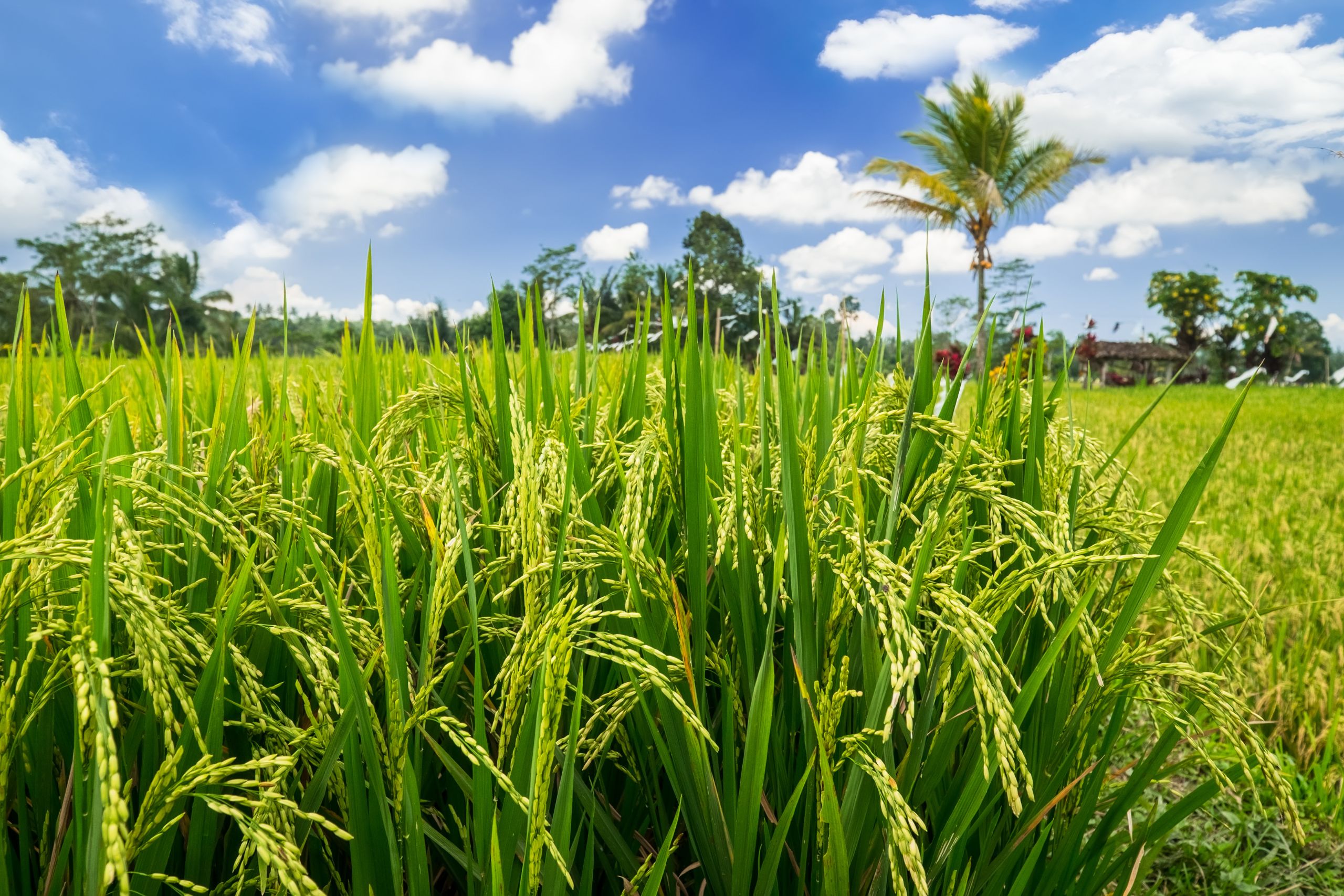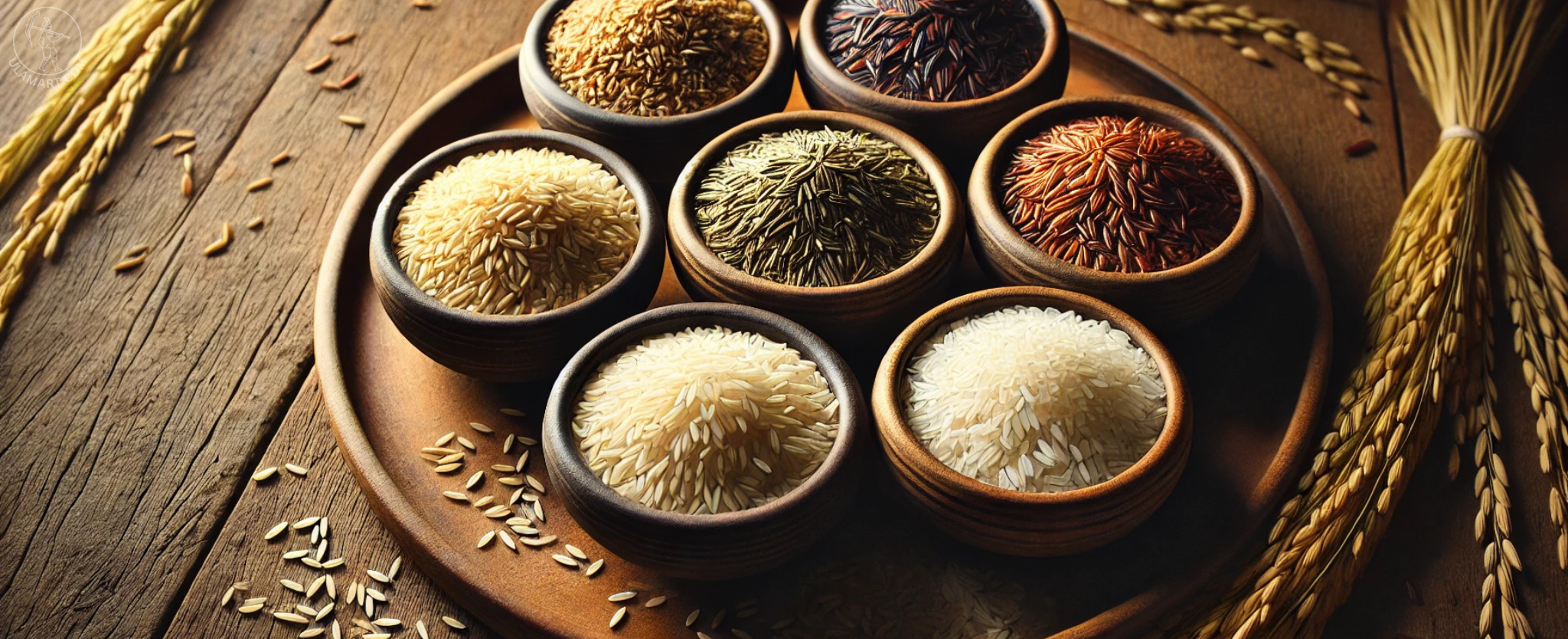In India’s fields, a special story is being told. Did you know India has more than 100,000 different kinds of rice? Each type has its own special taste and story. But, many of these special rice types are in danger of disappearing. We’re at an important point where we need to decide how to save these grains.
They’re not just food; they’re a part of our history and culture. This article takes a closer look at the different kinds of rice in India, the problems they face today, and how businesses like ours are working hard to keep these important rice types alive for the future.
1. The Rich Diversity of Indian Rice
2. Challenges to Rice Diversity
3. Indian Agricultural Research vs. Traditional Rice Varieties
5. Your Business’s Role in Preservation
6. The Benefits of Preserving Rice Heritage
7. Customer Involvement and Awareness
1. The Rich Diversity of Indian Rice
India’s rice heritage is deeply rooted in its history, with each variety like Basmati, Red, and Black Rice narrating a unique tale. These grains symbolize more than just sustenance; they reflect the country’s agricultural diversity and cultural depth.
Impressively, India boasts over 6,000 different traditional rice varieties, each uniquely adapted to local climates and cultural tastes. This diversity is crucial, considering India is the world’s second-largest rice producer, cultivating around 44 million hectares annually.
2. Challenges to Rice Diversity
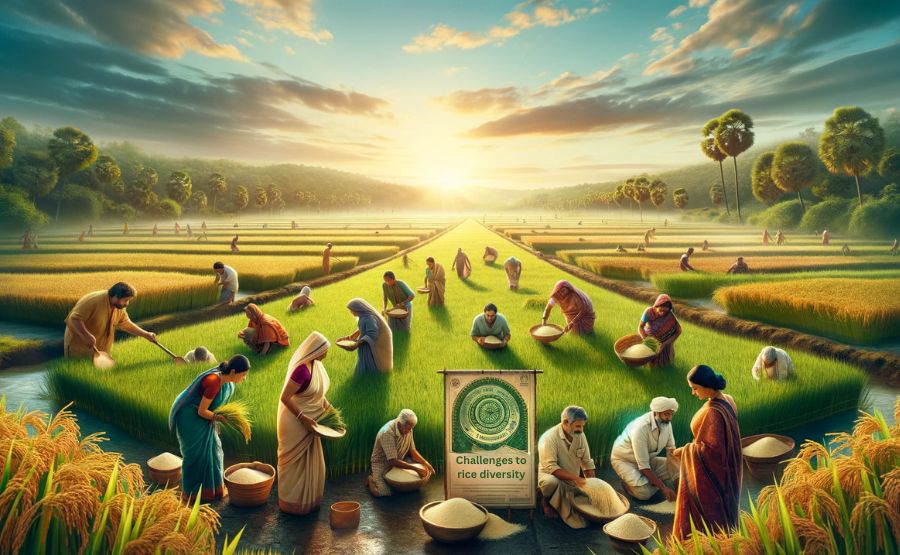
Threat to Diversity: The shift towards commercial rice farming, which prioritizes high-yield varieties, has resulted in a drastic reduction in biodiversity. This change has led to the neglect and disappearance of many traditional rice types.
Loss of Traditional Varieties: Once dominant in Indian agriculture, these traditional rice varieties are now becoming increasingly rare. Their decline is not just a loss of species but also a loss of cultural and historical heritage.
Genetic Erosion: The focus on a few high-yield varieties has led to genetic erosion, where the genetic diversity within rice species is diminishing. This erosion makes rice crops more vulnerable to diseases and pests.
Impact of Climate Change: Climate change exacerbates the threat to these traditional varieties. As weather patterns become more unpredictable, the resilience offered by the diverse traditional varieties becomes even more crucial.
3. Indian Agricultural Research vs. Traditional Rice Varieties
While Indian agricultural researchers have developed specialized rice varieties like CR Dhan 310 (protein-rich), CR Dhan 315 (zinc-enriched), DRRDhan 45 (high-zinc), and Protein (iron and zinc-enriched) to combat malnutrition in children, there’s a compelling argument for traditional rice varieties as well.
Instead of relying solely on artificially researched varieties, we should consider the benefits of traditionally and organically grown rice.
Traditional Varieties and Their Nutritional Benefits:
Poongar Rice: A natural source of calcium, crucial for bone health.
Kaatuyanam and Karuppu Kavuni Rice: These varieties are notable for their overall nutritional value, offering a rich profile of antioxidants and a broad range of essential nutrients.
Thooyamalli Rice: Contributes to overall health with its nutritional value, though supplementary Vitamin A sources are still necessary.
Mappillai Samba Rice: High in fiber, aiding healthy digestion and overall wellness, especially in malnourished children.
These traditional varieties, while not engineered for specific deficiencies, offer a spectrum of minerals, antioxidants, and dietary fiber, making them a holistic choice for nutrition. Embracing these organically grown traditional varieties can be a step towards a more sustainable and health-conscious future.
4. Conservation Efforts
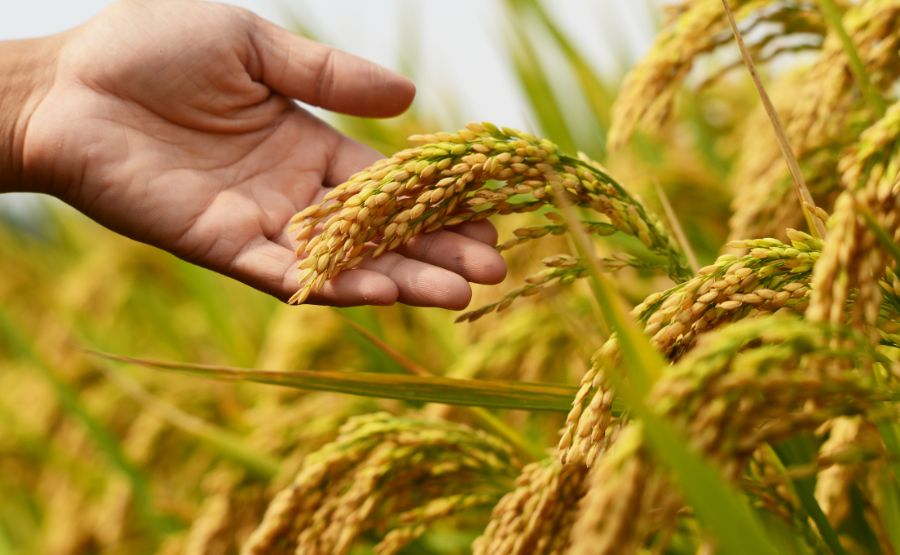
Globally, conservation efforts are underway to preserve the genetic diversity of rice.
Seed Banks’ Role: Seed banks store many rice seeds to keep them safe for the future. They’re like big libraries of seeds.
Seed banks, such as the Svalbard Global Seed Vault in Norway, play a crucial role in preserving rice diversity. They store a vast array of rice seeds, much like a vast library, ensuring their safety for future generations.
Research for Rice: Research centers study different rice types to understand them better and find out how they can survive different weather and diseases.
Farmers are Key: Farmers, especially in small villages, are the main people keeping old rice types alive. They grow these traditional rices even though it’s hard work and might not make much money.
Community Efforts: Local people also help by using their traditional farming knowledge. They know a lot about growing these special rices.
Facing Challenges: These farmers and communities often don’t earn much because traditional rice doesn’t grow as fast as new types. But they keep going because they care about nature and their traditions.
Why It Matters: Growing these old rice types is about more than just food; it’s about keeping traditions and nature-friendly farming alive.
Supporting Farmers: It’s important to help these farmers and communities. This can be done by buying their rice at fair prices or supporting programs that help them keep growing traditional rice.
A Lasting Legacy: The hard work of these farmers and communities is really important. They help make sure we don’t lose these special rice types and keep our farming traditions going.
5. Your Business’s Role in Preservation
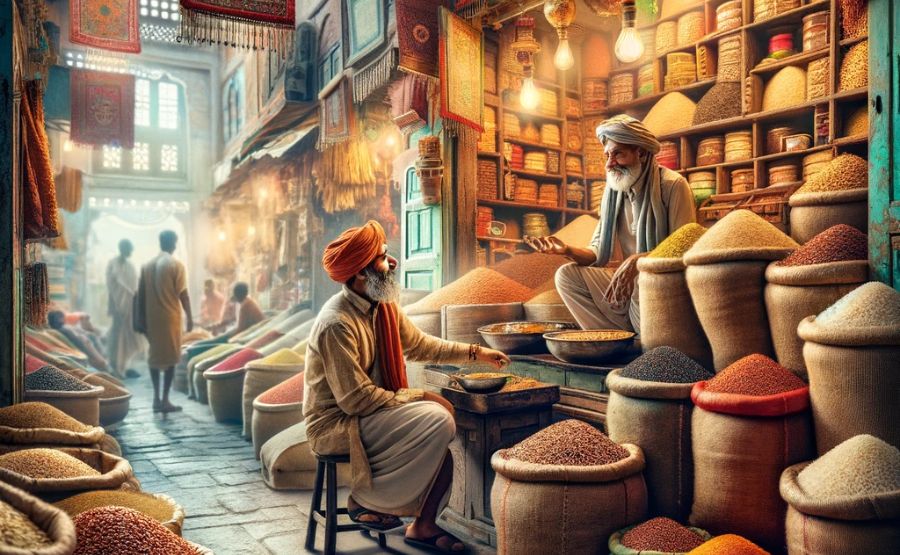
Our business is more than just a commercial venture; it’s a mission to safeguard India’s rice heritage. We partner with local farmers, promoting the cultivation of traditional varieties.
By practicing sustainable farming methods, we not only conserve these grains but also support the livelihoods of rural communities. Our efforts extend beyond the fields, as we strive to bring these unique varieties to the forefront of the market, ensuring they receive the recognition and value they deserve.
6. The Benefits of Preserving Rice Heritage
Benefit Category | Details of Benefits |
Environmental | Traditional rice varieties often require fewer inputs like fertilizers and pesticides. They are more resilient to pests, diseases, and varying climate conditions, making them a sustainable choice for farming. |
Nutritional | These grains typically have a richer nutritional profile than commercial varieties, offering higher levels of vitamins, minerals, and antioxidants. They contribute to a healthier diet. |
Cultural | Traditional rice varieties maintain a connection to history and heritage. They preserve unique flavors, culinary traditions, and stories of our ancestors. |
Biodiversity | Preserving these varieties contributes to agricultural biodiversity, which is crucial for food security and adapting to changing environmental conditions. |
Economic | Cultivating traditional varieties can offer economic benefits to local farmers by catering to niche markets and promoting agro-tourism. |
Educational | These varieties provide educational opportunities, teaching future generations about traditional farming practices and the importance of biodiversity. |
Health | Some traditional rice varieties have unique health benefits, such as lower glycemic indices, which are beneficial for managing diabetes and other health conditions. |
7. Customer Involvement and Awareness
As consumers, your choices wield significant power. When you choose traditional rice varieties, you play a direct role in their preservation. But are you fully aware of the impact your rice choices have on biodiversity and cultural heritage?
Recent 2023 statistics reveal a concerning trend: nearly 70% of India’s traditional rice varieties have disappeared from mainstream agriculture, and only about 15% are being cultivated, mostly in isolated rural areas.
At Ulamart, we’re dedicated to educating our customers about the importance of these grains. By promoting a shift towards more sustainable and culturally rich food choices, we aim to reverse this decline and protect our rich agricultural legacy for future generations.
8. Future Perspectives
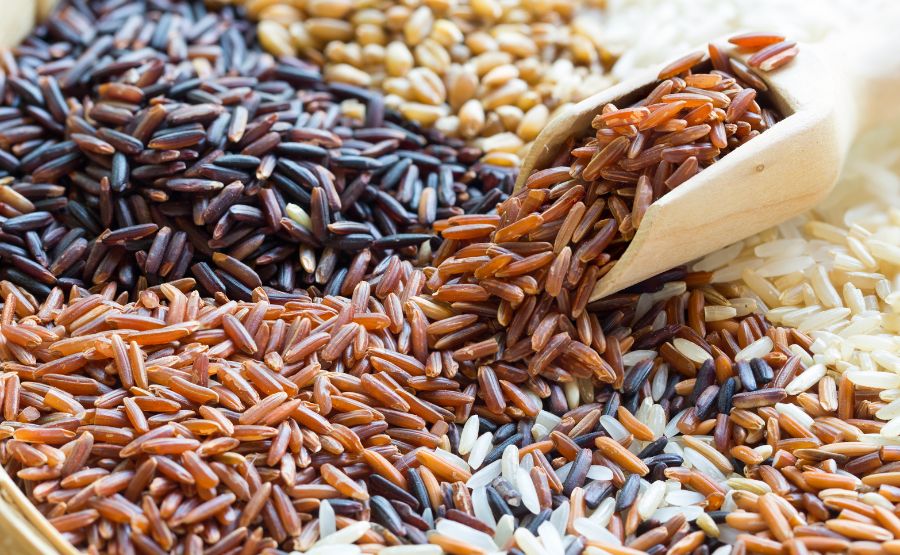
The future of traditional rice varieties in India depends on how well we can balance keeping them safe and protected. With technological advancements in agriculture, there’s potential for these ancient grains to meet modern-day challenges.
By 2030, it’s projected that sustainable farming practices could increase the cultivation of traditional rice varieties by up to 40%. Our vision at Ulamart is a future where these varieties are not just preserved but are thriving.
We foresee a scenario where they play a vital role in sustainable agriculture and food security, contributing significantly to a 25% increase in the diversity of crops used in Indian agriculture by 2040.
This future is not just about maintaining biodiversity; it’s about embracing it for a healthier, more sustainable world.”
9. Conclusion
The journey to preserve India’s rice heritage is long and challenging, but it is one we must undertake. It’s a journey of rediscovering our roots, understanding the value of biodiversity, and making choices that sustain not just our bodies but also our planet and culture.
As we stand at this crossroads, the question remains: will we let these grains slip into oblivion, or will we take a stand to preserve them for the generations to come?

